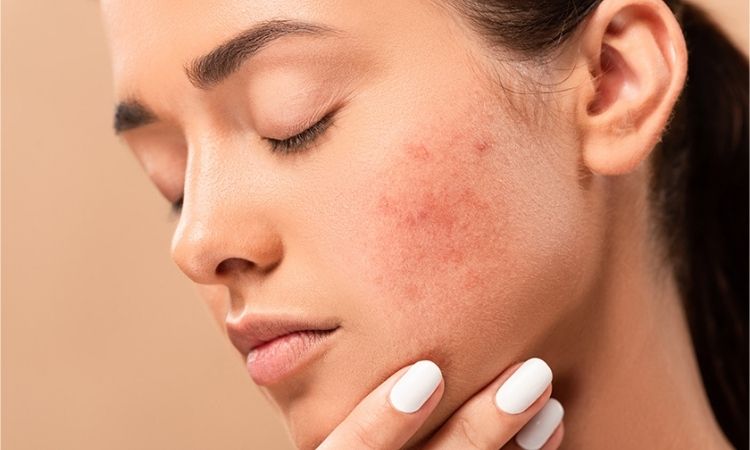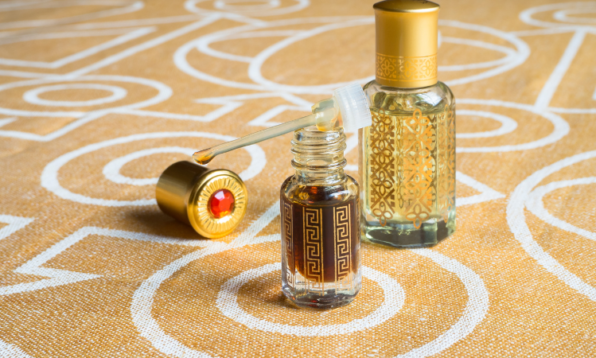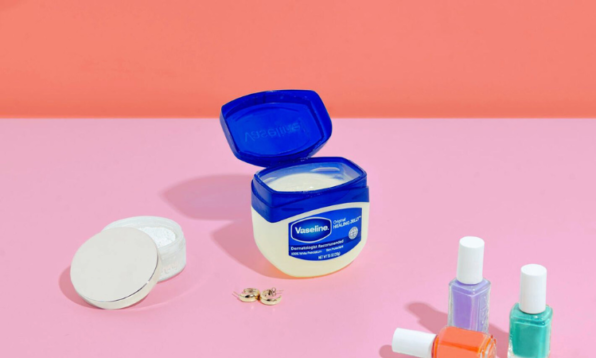You might think that once you get out of those pesky teenage years, acne will be a bygone thing. Turns out, adult acne is also a thing and skin breakouts are quite common. Dealing with acne as an adult can be just as challenging as dealing with them in your teens. Acne is caused when there is a build-up of oil and dead skin cells in your hair follicles. This causes pimples, whiteheads, and blackheads. Acne can be quite persistent and slow to go away. Having a dedicated skincare routine to deal with your acne problems can be quite effective in dealing with them. So, here is what a morning and night skincare routine for acne-prone skin should look like.
What actives should you look for?

Before you start a skincare routine for your acne-prone skin, you need to know which actives will actually help you. Knowing the right ingredients to look for in your skincare products is half the battle won. The first thing you need to know is that acne is caused due to the overproduction of oil in the skin. This means you need to stay away from products that contribute more oil to your skin. So, when you look for products, look for non-comedogenic products that don’t clog your pores.
Other ingredients to look out for are:
1. Salicylic acid
Salicylic acid is a well-known exfoliator and a beta-hydroxy acid (BHA). It helps clean pores and reduce acne. You can use products containing salicylic acid, like a face wash or serum. Additionally, you can even use it for spot treatment for breakouts. Since using salicylic acid can cause dryness, it is recommended to use products with a lower concentration, ideally between 0.5-2%.
2. AHAs
AHAs, also known as alpha-hydroxy acids, help remove dead skin cells and reduce inflammation. They also promote the production of collagen and help with pigmentation. AHAs are of different types, but the ones that cause the least irritation are glycolic acid and lactic acid. Products with either glycolic or lactic acid can help with acne-prone skin.
3. Vitamin C
Vitamin C is another type of facial acid that falls into the ascorbic acid category. It is usually found in serums, moisturisers, and day and night creams. Vitamin C usually helps reduce the redness and inflammation caused by acne. Take care not to mix the AHAs or salicylic acid with Vitamin C. These don’t mix well and will cause more problems for your skin. Also, remember not to put Vitamin C and retinol in the same skincare routine. You can use one in the morning and the other at night, but not one after the other.
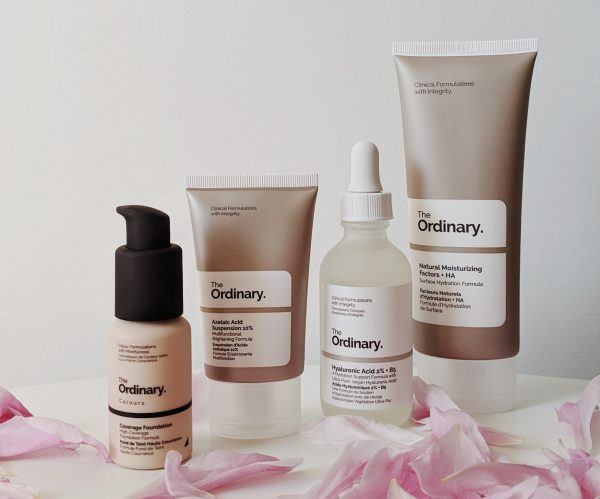
4. Benzoyl peroxide
Benzoyl peroxide kills the bacteria on your skin and helps unclog your pores by removing dead skin cells. It also reduces whiteheads and, ultimately, the frequency of breakouts. It can be found in gels, creams, face washes, and soaps. While benzoyl peroxide is effective in treating pimples, it can cause dryness and also discolouration of clothing and hair. Benzoyl peroxide is not the best option if you have sensitive skin though. Don’t mix benzoyl peroxide with BHAs like salicylic acid as it can irritate the skin.
5. Retinol
Retinol is a powerhouse when it comes to treating acne. Unlike other actives, retinol treats your skin from the inside out. Retinol is a type of retinoid that helps normalise the skin cell turnover cycle. It helps reduce the blocked pores in the skin and further enables other anti-acne products to work. Retinol too causes dryness of the skin, so it should be used with caution. It also causes sun sensitivity, which is why it is recommended to include it in your nighttime routine and not in the morning routine. Also, take care not to mix your AHAs and BHAs with retinol. You also shouldn’t use Vitamin C with retinol.
6. Hyaluronic acid
Hyaluronic acid is a humectant, which means it retains or preserves the moisture in your skin. And that is the primary reason to add it to your skincare routine. But hyaluronic acid also helps to control the production of sebum which causes acne. Since salicylic acid and some AHAs can cause dryness of the skin, hyaluronic acid will help balance it out by locking in the moisture in your skin. While the primary function of hyaluronic acid is not acne prevention, it does have secondary properties that help soothe acne-prone skin. It is usually found in serums and in some moisturisers.
Related: These Skincare Ingredients Make The Worst Couples, So Break Them Up
Morning skincare routine for acne-prone skin
1. Cleansing
Start your morning skincare routine by cleansing your face. Look out for a face wash or a cleanser which has an active like salicylic acid to unclog your pores.
2. Serum
Once you have thoroughly washed your face, use a moisturising serum with ingredients like hyaluronic acid. You can also use a serum that contains cica or niacinamide to help soothe the skin.
3. Moisturise

It is very important to add a moisturiser to your skincare routine. Since acne is caused by the production of excess oil, it is most common for oily skin. Just because your skin is oily doesn’t mean that you don’t need a moisturiser. Hydrating your skin is important because otherwise, your cells will produce more sebum to keep your skin hydrated, causing breakouts. A gel-based, light moisturiser with soothing ingredients like hyaluronic acid will be beneficial.
4. Sun protection
Don’t forget your SPF. It is very important to make sunscreen an integral part of your skincare routine. UV exposure can lead to premature skin ageing but it also causes inflammation. Look for a sunscreen that’s hydrating as well as light, so that it doesn’t feel heavy.
5. Spot treatment
Severe acne requires medicated treatments. Any spot treatments that you do need to be done after the entire routine. If you are using patches in the daytime, use invisible patches. These medications help to clear out existing breakouts and keep new ones from forming.
Night skincare routine for acne-prone skin
1. Cleanse
It is vital to cleanse your face at the end of the day, especially if you have been wearing makeup. Use micellar water or makeup wipes to wipe off all the makeup you are wearing. While using coconut oil is another great way to get rid of makeup, it is not recommended for acne-prone skin due to its comedogenic nature.
2. Double cleanse
Now that you have gotten rid of all the makeup and grime from the face, it is time for another cleanse. Use an exfoliating cleanser to remove any remaining dirt and grime and thoroughly clean your face. Once it is completely clean, your face will be a blank canvas ready to absorb the other products you want to use. After a cleanse, you can use an exfoliator twice a week to deal with breakouts. Remember not to over-exfoliate your face.
3. Serum
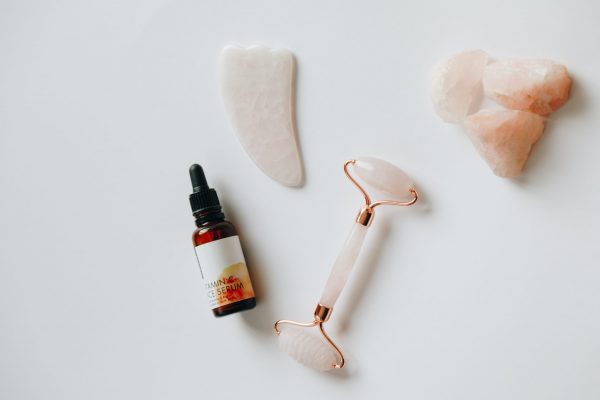
Use a hydrating serum to moisturise your face once you are done cleansing. You can look for a serum rich in AHAs like lactic acid or glycolic acid or BHAs like salicylic acid. You can also look for products that treat hyperpigmentation like vitamin C, niacinamide, and alpha arbutin or products with anti-ageing properties like retinol or peptides. But, be careful not to use all of these together. Not only will these products not be effective, but they will probably also cause skin irritation.
4. Moisturise
Moisturising is important even at night because your skin repairs itself when you’re asleep. Moisturising helps to lock in the benefits of all the products you have put on your face so far. Additionally, it also helps hydrate the skin and that is essential for acne-prone skin.
5. Spot treatment
You can repeat a spot treatment at night to effectively deal with any breakouts or acne marks on your face. For the night, you don’t need to look for invisible patches. If needed, you can use spot gels to use on your acne and other marks on the face.
Featured Image Source
Related: Organic Skincare Products: What Your Skin Needs From Morning To Night

 Web Stories
Web Stories
